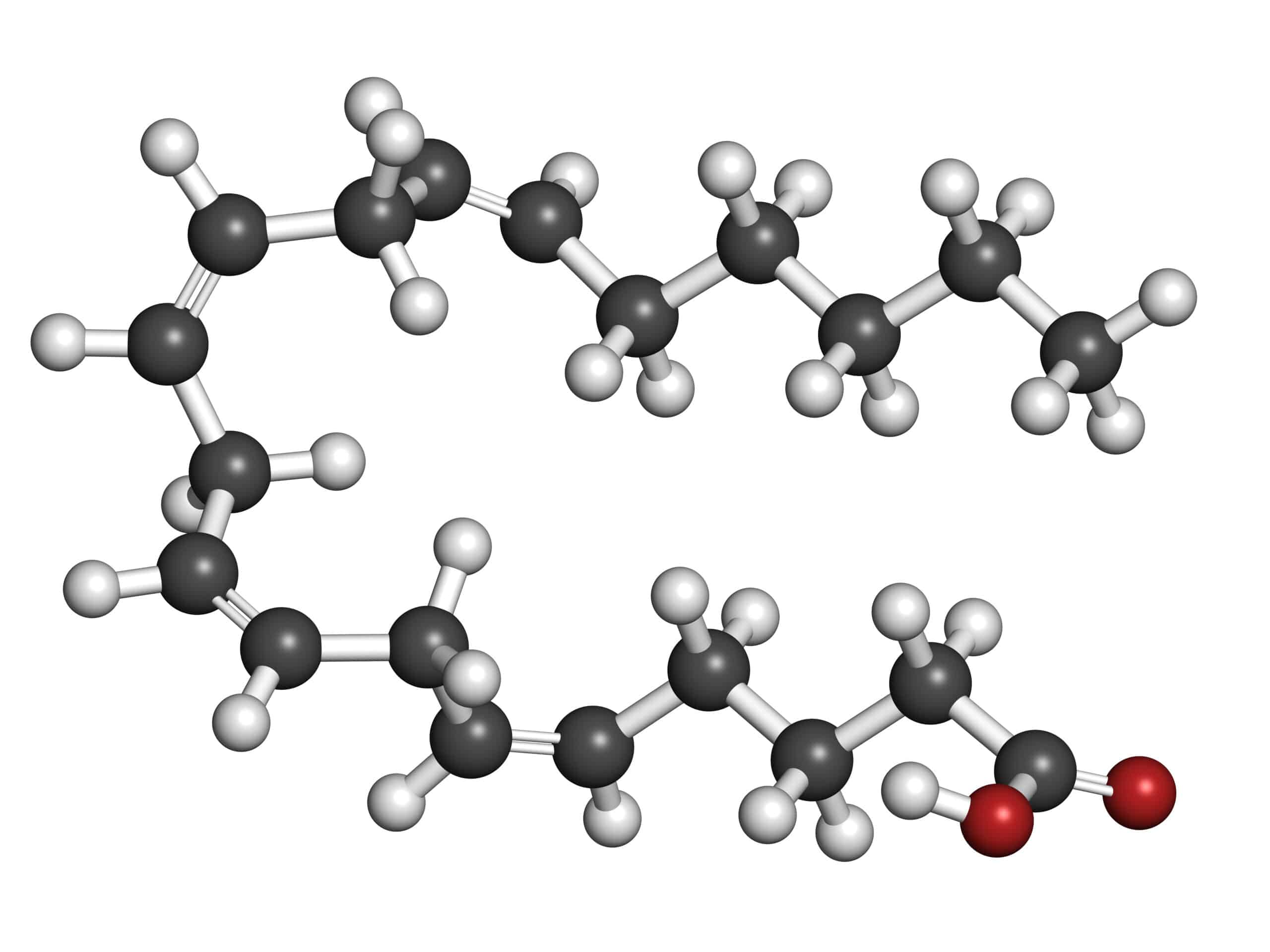Omega-3 is available in 3 types: eicosapentaenoic acid, docosahexaenoic acid, and alpha-linolenic acid. ALA is found within vegetable oils, while DHA and EPA are found within marine oils such as fish. Omega-6 is available in 11 types with the main ones being gamma-linolenic, linoleic acid, and calendic acid.
Omega-3 fatty acids help to decrease inflammation, bone mineral density loss, and diabetes, as well as help with a few types of cancer and anxiety.
Omega-6 fatty acids are required for proper brain function, and can help with rheumatoid arthritis as well as minimize symptoms of ADHD.
Ratio of these fats is 1:1, but that ratio is often changed to as high as 10:1 for omega-6: omega-3. A balanced ratio is important for overall health and to prevent inflammation as omega-6 can be pro-inflammatory. Balanced ratios make sure enzymes are distributed evenly throughout the body to metabolize both types of fats.
Walnut, eggs, salmon, sardines, chia seeds, brussel sprouts, and spinach are some of the best food choices as sources of omega-3 fatty acids.
Nuts, hempseed oil, grapeseed oil, seeds, vegetable oils, and flaxseed oils are some of the best choices as sources of omega-6 fatty acids.
Most modern diets tend to have more omega-6 included than omega-3 which can lead to cardiovascular problems. Individuals with conditions such as eczema, psoriasis, arthritis, and diabetes should use caution with omega-6 and not go overboard as it can be pro-inflammatory.
It is ideal to have a good even blend of the fat in the diet, generally speaking omega-3 fatty acids have been shown to have more positive effects on the body.




